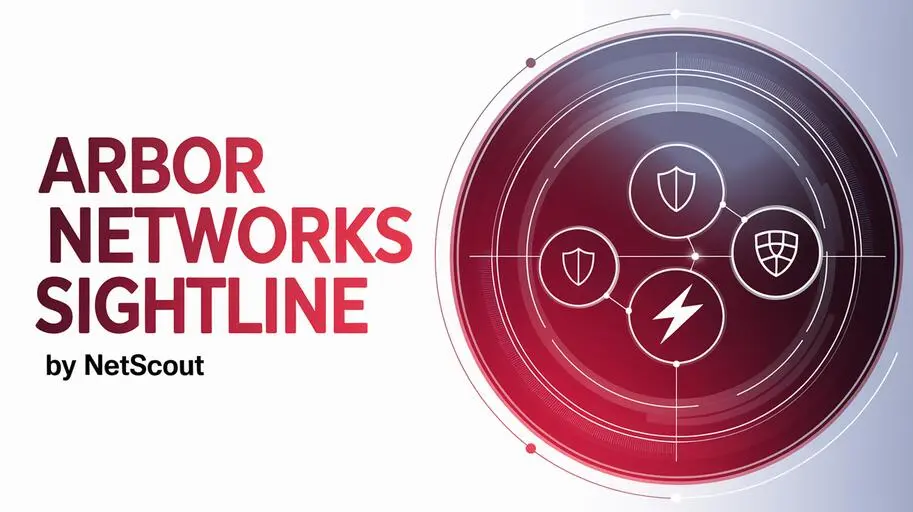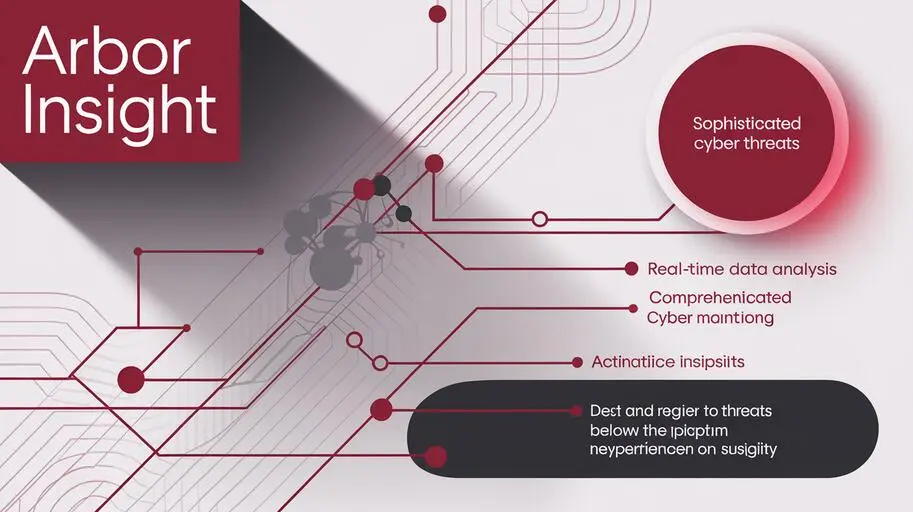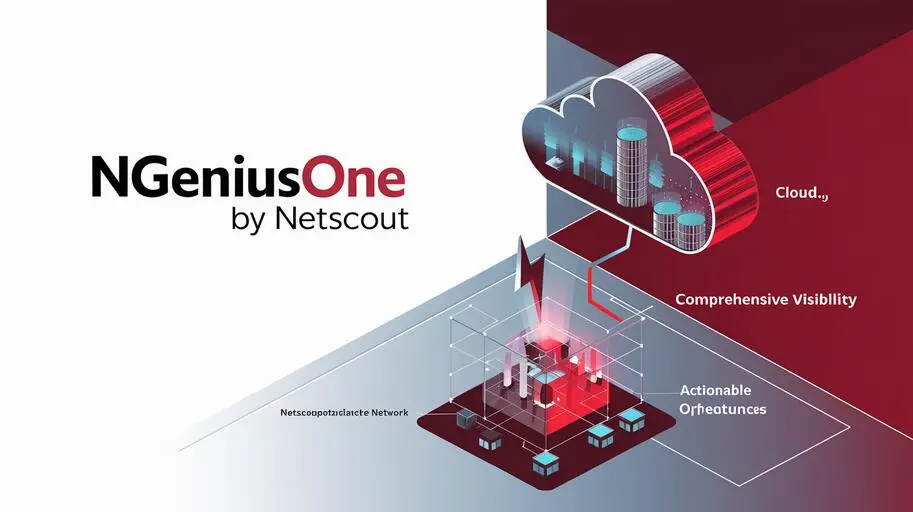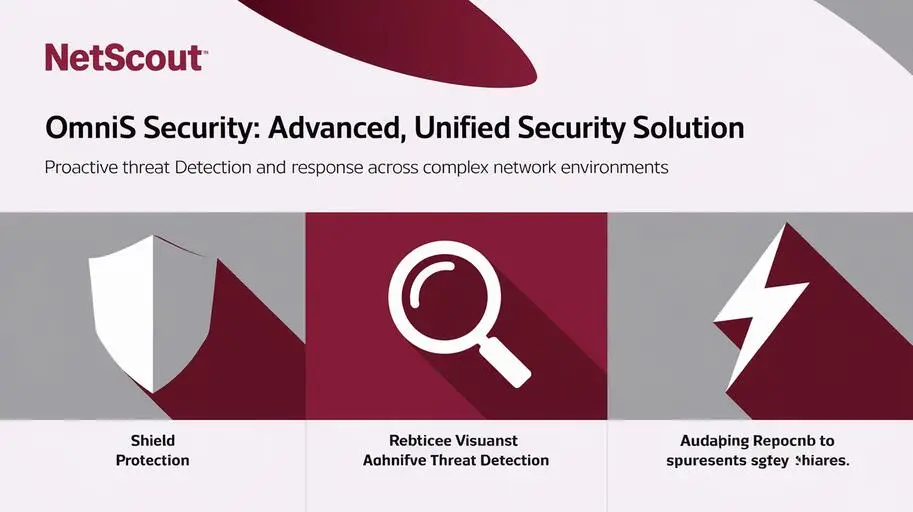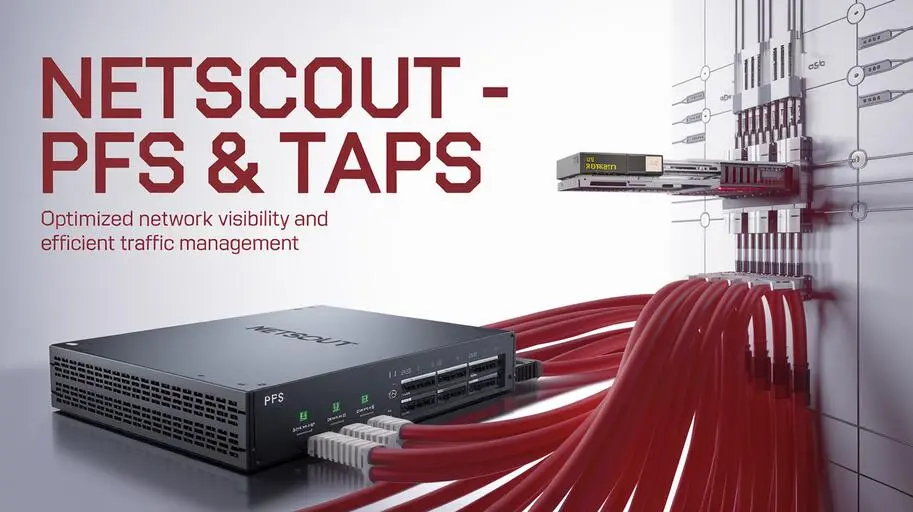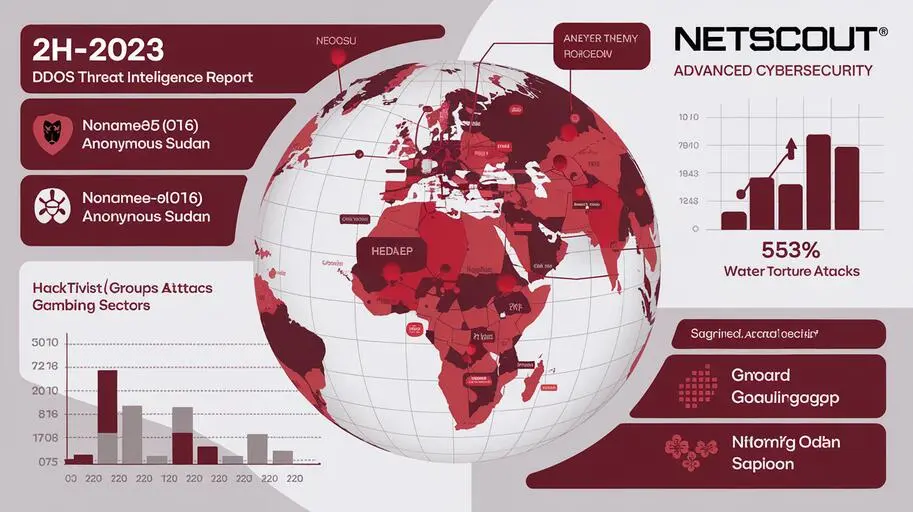
In today’s world of software development and operation, the transition to a microservices architecture and containerization of applications has become a necessity to achieve flexibility, scalability, and deployment speed. However, along with the advantages, this architecture also brings new challenges, especially in terms of microservices monitoring. How do you track hundreds or even thousands of interacting services? How quickly can you identify and resolve performance issues? NETSCOUT offers a comprehensive solution to provide visibility in complex cloud environments, allowing DevOps and software architects to control the state and performance of Kubernetes clusters, Docker containers, and east-west traffic.
Why is Microservices Monitoring So Important?
Traditional monitoring methods, based on metrics from individual servers and applications, are insufficient in a microservices environment. The complexity of interaction between microservices, the dynamism of containers, and the distributed architecture require a fundamentally new approach. The lack of adequate monitoring leads to:
- Difficulties in identifying the causes of performance bottlenecks.
- Increased incident resolution time.
- Reduced availability and reliability of applications.
- Difficulty in scaling and optimizing resources.
NETSCOUT provides end-to-end visibility in the microservices environment, allowing you to:
- Track dependencies between microservices.
- Analyze east-west traffic.
- Identify anomalies and deviations from normal behavior.
- Quickly locate problems and determine their cause.
NETSCOUT: Providing Visibility in Kubernetes and Docker
NETSCOUT provides tools and technologies for comprehensive monitoring of Docker containers and Kubernetes clusters. The solution is based on Adaptive Service Intelligence (ASI) technology, which automatically discovers and classifies all services and applications running in your infrastructure. ASI allows you to:
- Get detailed information about each service, including its performance, availability, and dependence on other services.
- Automatically adapt to changes in a dynamic container environment.
- Identify anomalies and deviations from normal behavior, even if they occur in transient containers.
Monitoring Kubernetes with NETSCOUT
Kubernetes monitoring solutions from NETSCOUT cover all aspects of cluster operation, including:
- Status of pods and containers.
- Performance of network services.
- Usage of CPU, memory, and disk resources.
- Kubernetes events and logs.
NETSCOUT integrates with the Kubernetes API and uses service mesh traffic analysis to obtain information about the interaction between microservices. This allows you to:
- Visualize the service mesh architecture and dependencies between services.
- Identify latency issues and other performance indicators.
- Optimize the use of Kubernetes cluster resources.
Visibility of East-West Traffic
East-West traffic monitoring is a critical aspect of ensuring security and performance in a microservices architecture. NETSCOUT allows you to:
- Analyze traffic passing between microservices within the cluster.
- Identify suspicious activity and anomalies in communication patterns.
- Ensure security and access control to microservices.
- Optimize network infrastructure to improve performance of inter-service communication.

Solving Specific Problems: How NETSCOUT Helps
NETSCOUT doesn’t just provide metrics and data, but helps solve specific problems faced by DevOps and software architects. Here are a few examples:
Troubleshooting Performance Issues
Suppose users are complaining about the slow operation of one of the microservices. NETSCOUT allows you to:
- Determine whether the problem is really in this microservice or in one of its dependencies.
- Analyze the impact of network latency and packet loss on performance.
- Identify database bottlenecks or other infrastructure components.
- Quickly locate the problem and determine its root cause, reducing downtime.
Identifying Security Threats
NETSCOUT helps detect suspicious activity and anomalies that may indicate potential security breaches. For example:
- Detection of unauthorized access to microservices.
- Identification of denial-of-service (DoS) attacks.
- Detection of data exfiltration attempts.
- Automatic response to security incidents.
Optimizing Resource Usage
NETSCOUT provides information on how Kubernetes cluster resources are used, allowing you to:
- Identify underutilized resources and redistribute them.
- Optimize the sizes of containers and pods.
- Improve scalability and efficiency of infrastructure usage.
- Reduce cloud resource costs.
Why Choose NETSCOUT for Microservices Monitoring?
NETSCOUT differs from other microservices monitoring solutions with the following advantages:
- Deep Packet Inspection (DPI): NETSCOUT analyzes network traffic at the packet level, providing the most accurate and detailed performance and security data.
- Real-time Analysis: NETSCOUT processes data in real time, allowing for quick identification and resolution of problems.
- Adaptive Learning: NETSCOUT uses machine learning to automatically detect anomalies and deviations from normal behavior.
- Scalability: NETSCOUT can scale to huge sizes, processing traffic from thousands of microservices and containers.
- Integration with Existing Tools: NETSCOUT integrates with popular DevOps tools such as Kubernetes, Docker, Prometheus, and Grafana.
With NETSCOUT, you get not just a monitoring tool, but a comprehensive solution for ensuring visibility, security, and performance in your microservices environment.
The implementation of a microservices architecture and containerization technologies opens up new opportunities for developing and deploying applications, but also requires new approaches to monitoring and management. NETSCOUT provides the tools needed to achieve full visibility in complex cloud environments, allowing DevOps and software architects to effectively manage their applications and ensure high performance and security. With deep traffic analysis, adaptive learning, and integration with existing tools, NETSCOUT allows you to quickly identify and resolve issues, optimize resource utilization, and ensure reliable application operation in any environment. Want to learn more about how NETSCOUT can help your team in monitoring your infrastructure? Contact us for a personalized consultation.
Frequently Asked Questions on: Monitoring Microservices and Containers with NETSCOUT
-
Why is microservices monitoring important?
Monitoring microservices is critical due to the complexity of interaction between them, the dynamism of containers, and the distributed architecture. Without it, difficulties arise in identifying performance bottlenecks, the time to resolve incidents increases, application availability decreases, and scaling is difficult.
-
What advantages does NETSCOUT provide for microservices monitoring?
NETSCOUT provides end-to-end visibility in the microservice environment, allowing you to track dependencies between microservices, analyze east-west traffic, detect anomalies, and quickly locate problems by identifying their cause.
-
How does NETSCOUT provide visibility in Kubernetes and Docker?
NETSCOUT uses Adaptive Service Intelligence (ASI) technology, which automatically discovers and classifies all services and applications running in the infrastructure, providing detailed information about each service, its performance, availability, and dependencies.
-
What does Kubernetes monitoring cover with NETSCOUT?
Kubernetes monitoring with NETSCOUT covers all aspects of cluster operation, including the status of pods and containers, performance of network services, resource usage (CPU, memory, disk), as well as Kubernetes events and logs.
-
What is the role of east-west traffic monitoring in a microservice architecture?
Monitoring east-west traffic is critical for ensuring security and performance, allowing you to analyze traffic between microservices, detect suspicious activity, ensure access control, and optimize network infrastructure.
-
How does NETSCOUT help resolve microservice performance issues?
NETSCOUT allows you to determine exactly where the problem arises (in the microservice itself or its dependencies), analyze the impact of network delays, identify bottlenecks in databases, and quickly locate the problem to reduce downtime.
-
How does NETSCOUT help detect security threats in a microservice environment?
NETSCOUT helps detect suspicious activity, such as unauthorized access, denial-of-service (DoS) attacks, and data leakage attempts, providing automatic response to security incidents.
-
How does NETSCOUT help optimize the use of Kubernetes cluster resources?
NETSCOUT provides information about resource usage, allowing you to identify underutilized resources, optimize container and pod sizes, improve scalability, and reduce cloud resource costs.
-
What are the main differences between NETSCOUT and other microservice monitoring solutions?
NETSCOUT is distinguished by deep packet inspection (DPI), real-time analysis, adaptive learning, scalability, and integration with existing DevOps tools such as Kubernetes, Docker, Prometheus, and Grafana.
-
Why is deep packet inspection (DPI) needed in microservices monitoring?
Deep packet inspection allows you to obtain the most accurate and detailed data on performance and security by analyzing network traffic at the packet level.
